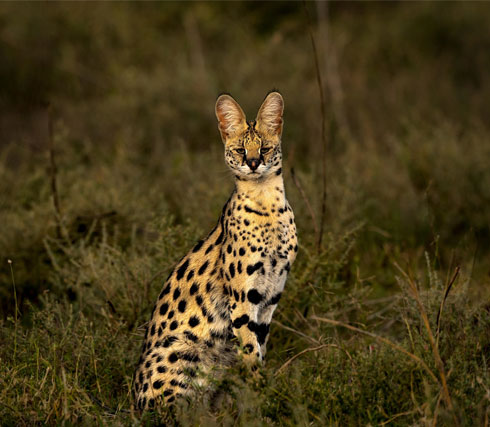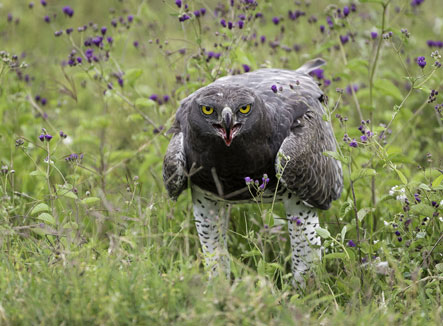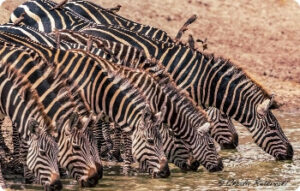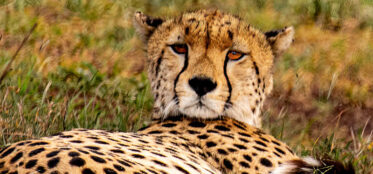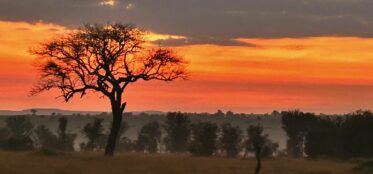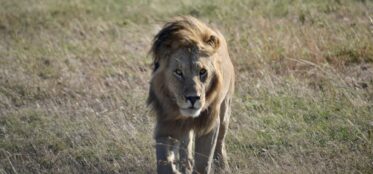Uniquely Tanzanian
Unique Safaris provides luxury safaris exclusively in Tanzania. We are truly experts in this destination as it is our home and our passion.
This is a destination that offers not only the most extraordinary wildlife opportunities, but also offers world-class dive destinations, white sand beaches and diversity of cultures impacted by its importance as a trading route for hundreds of years. The government of Tanzania protects 37% of their land for conservation and a whopping 30% of that is national parks, game reserves and game-controlled corridors. Nature and wildlife lovers have a haven in Tanzania.
Tanzania and the Serengeti National Park
Tanzania is home to the world-famous Serengeti National Park, consistently voted the best national park not only in Africa but in the world and the famous migration of wildebeest and zebra. The migration is an annual movement of these two huge herds of mammals as they search for food and water during the entire year. The migration is also a complex process with variation based on the weather since weather and water in particular are the driving forces for movement of the herds. The herds are always in the Serengeti but they move to different areas at different times of the year.


The Migration
Many people think of the migration as the time that the herds cross the Mara River in the Serengeti but in fact there are two other very important times in the life of the herd animals. These are the wildebeest calving season from end of December-March in the southern Serengeti and the wildebeest rut (re-breeding of the herd) in the central and western Serengeti. Selecting a company that truly understand the migratory process and where to place you at different times of the year is critical for you to get the greatest value from your Serengeti experience. It is the size and health of these herds that allows for the big cat and predator populations to thrive in this park.

A Diverse Ecosystem
Serengeti National Park is un-fenced but brilliantly managed with a diversity of habitats across the breadth of the Serengeti. The proof of this successful management by local conservationists, researchers, game rangers and park rangers is the growth and health of the wildlife populations. The recent census has counted 1.5 million wildebeest; 500,000 zebras;7,535 elephants; just over 3,000 lions, 1,000 leopard that could be counted and 324 individual cheetah that are being followed by the Cheetah Watch Project. There are cape buffalo, hyena, black rhino, hippo, giraffe, baboons and monkeys, antelopes of all sizes and stripes, foxes, jackals, wild dogs, ostrich, Nile crocodile, lizards and snakes, aardvark, pangolin and more than 500 recorded species of birds.


The Jerusalem of Africa
The landscapes of the Serengeti are stunning for nature photography as the kopjes of the Serengeti Plains offer unique trees and plant life as animals seek the high vantage points for hunting as well as using the many small caves found in the kopjes for hiding their newborn cubs. We consider the Serengeti as ‘the Jerusalem of Africa’. It is a destination that no other can compare to and despite any challenges to international travel, visitors will always return to the Serengeti.
